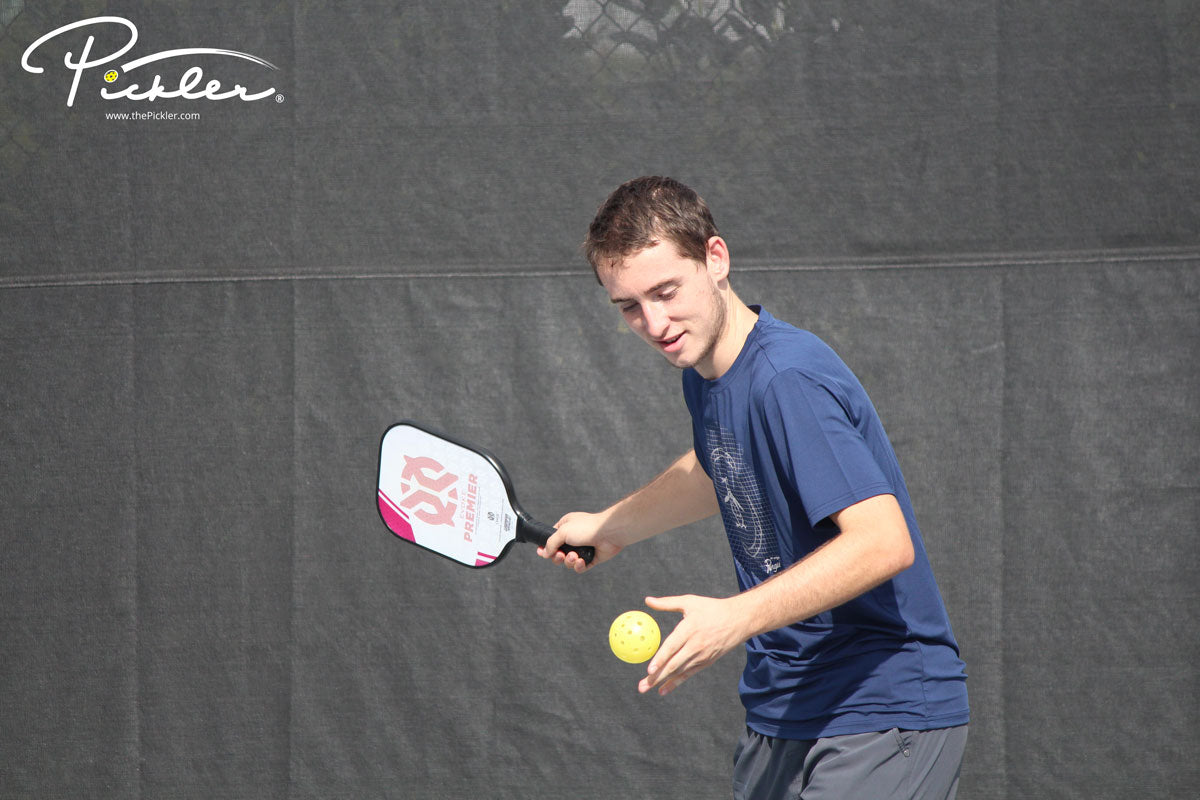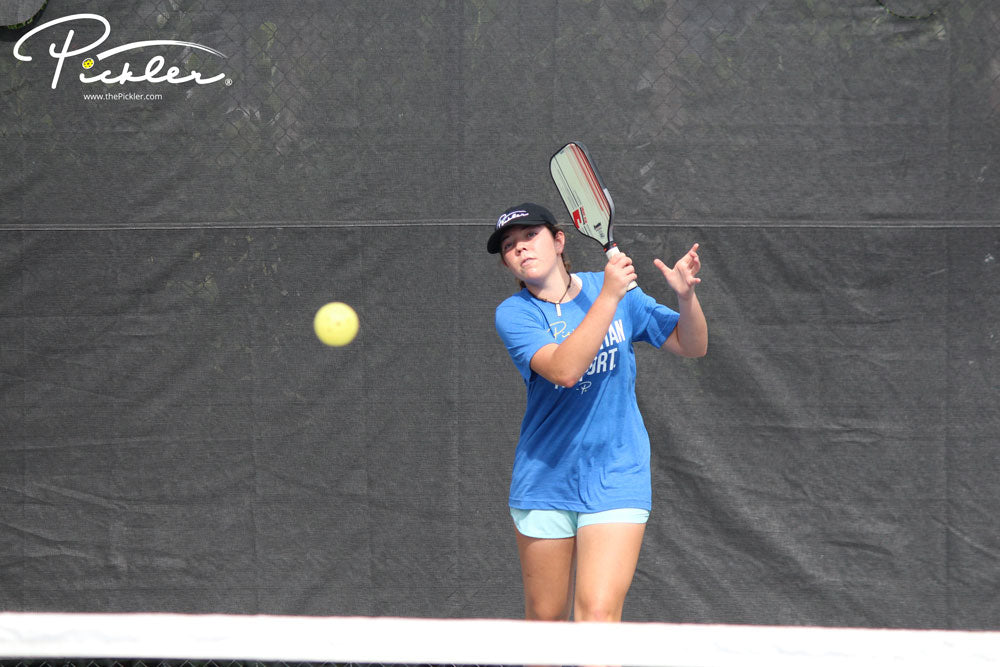With the start of 2023, we said “goodbye” to the spin serve (as the spin serve was outlawed under the 2023 rule changes by USA Pickleball). However, one trend on the serve—which is being aggressive with the serve—is here to stay. In fact, this will be one trend that we expect to rise over the 2023 calendar year. The serve may no longer just be a “point starter.”
What does it mean to be aggressive on your serve?
Being aggressive on your serve could mean a few things:
- Hitting your serve with power or pace;
- Serving deep near the baseline, pushing your opponent back behind the court space and into the fence or boundaries of the pickleball court;
- Hitting your serve to tough spots—for instance, to backhands or pulling your opponent out wide on the court (particularly, when your opponents are stacking);
- Serving with spin off of your paddle—for instance, a serve with heavy top spin or inside out spin (to note, this is as opposed to spin that you put on the pickleball by using your hand, which was outlawed under the 2023 rule changes);
- Serving with height, so that the pickleball bounces high and makes for an awkward point of contact on the return of serve; and/or
- A combination of all of the above.
For instance, imagine a heavy top spin serve that has decent power and some height (about 10 feet or so) that looks like it is about to sail out of bounds, before the top spin causes the pickleball to bite down out of the air and land just inside the baseline, and then bounce high off the court pushing the receiver into the fence. This aggressive serve will lead to weak returns of serve and keep your opponent back behind the baseline (as opposed to stepping into the court). As a result, you—as the server—will have an easier third shot (e.g., a short return without much pace or spin), plus more room to work with because your opponent has an additional step to take to get to the Kitchen line. This aggressive serve will increase your chances of winning points on the pickleball court.
However, beware of being too aggressive on your serve. A missed serve is a missed opportunity to score points. An occasional missed serve (i.e., an occasional serve that sails long) may be acceptable. However, if you are missing too many serves, or not seeing the benefits of an aggressive serve (i.e., a short, easy shot for your third shot, or additional space to hit your third shot since your opponent is back in the transition area), then go back to the drawing board by either focusing on your serve as a “point starter” or by drilling your serve until you have a higher success rate. The risk-reward ratio is important when pushing the limits on your serve.

Beware of the aggressive serve being used against you!
If you see this trend of an aggressive serve being used against you, consider taking a step or two back behind the baseline to give yourself space to react. Give additional focus and attention to your serving opponent and prepare your mind and body early. Understand your serving opponent’s goals and avoid falling victim to hitting a weak return of serve.




